Historical Events That Went Down Quite Differently Than You Were Taught
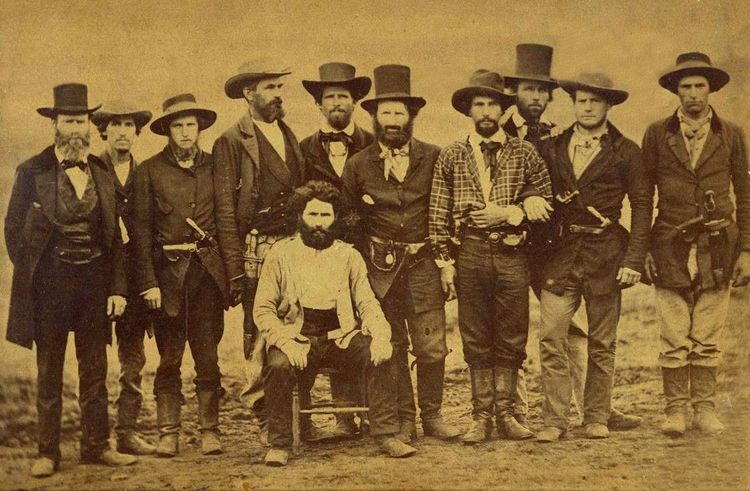
We’re taught from a young age to believe that history books and documentaries present accurate depictions of a particular historical event. It’s not until much later in life that most people even realize that history can be revised and slanted, and that narratives are occasionally a far cry from actual events.
Some of the most famous stories throughout history are half-truths, or even no truth at all. From Columbus’ voyage to America, to Thomas Edison inventing the lightbulb, the truth behind some of these not-so-factual historical “facts” will likely reshape how you view the history books, and perhaps the world itself…
Jumping Bankers After The Crash Of 1929
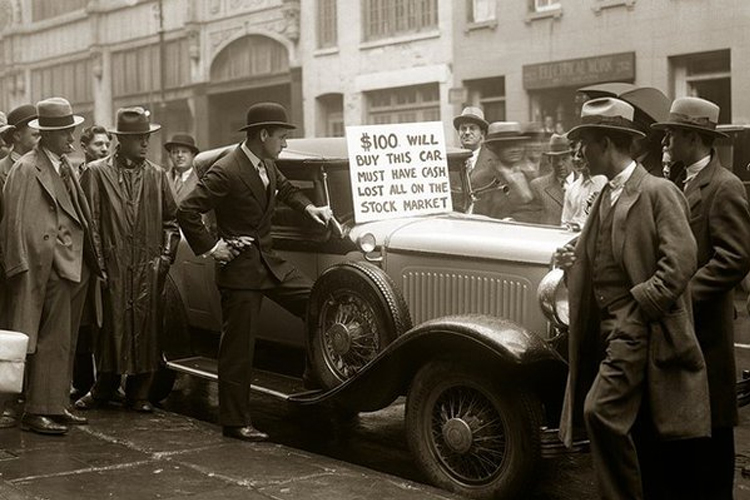
The financial world was at a standstill after the famous stock market crash of 1929. Going down in history as “Black Thursday”, this marked the beginning of the Great Depression, one of the darkest periods in United States history.
Rumor has it that several Wall Street bankers couldn’t take the extra pressure and accountability demanded of them, and they jumped to their deaths via tall city buildings. According to deep-digging historians, suicide rates did not in fact increase after this devastating event.
Salem Witch Trials

The drama that unfolded in the town of Salem, Massachusetts between 1692 and 1693 is infamous for burnings, lynching, and all sorts of unsavory ends for visionaries considered a threat to the Church. Stories of burning at the stake circulated widely at the time, inspiring what would be independent female thinkers to fall in line.
While most people have the assumption that hundreds of women were burned at the stake over the course of many years, part of the exaggeration is probably due to Arthur Miller’s play The Crucible. In reality, the frenzy only lasted about a year, and while around two hundred women were accused of witchcraft, and thirty were deemed guilty, nineteen of them were actually hanged. The twentieth accused witch met her end via a pile of large rocks. Nobody however was burnt at the stake.
Paul Revere’s Midnight Ride

As kids, we sat in history class as an awkward teacher cried, “The British are coming, the British are coming!”We pondered a midnight run by a very courageous patriot who wished to warn his neighbors of potential and pending doom before the Revolutionary War near the end of the 18th Century.
In reality, the story of Paul Revere’s midnight ride warning his townspeople of a British invasion stems from a poem penned in 1860 by Henry Wadsworth Longfellow. This poem was not a historical account of Paul Revere, but a hypothetical warning about America falling to ruin before the Civil War.
Rats And The Bubonic Plague
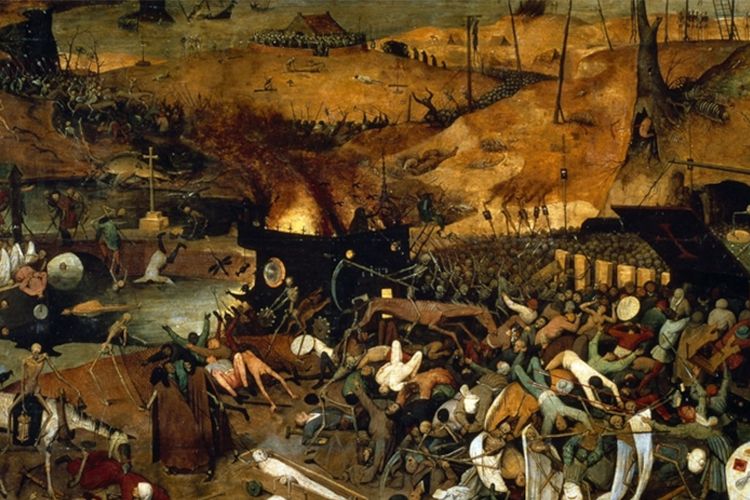
The bubonic plague, also known as the Black Death, was one of the worst periods in 14th Century European history. Over one third of the continent’s population died (around 50 million people) from this devastating and highly-contagious disease whose origins could not be traced. It was theorized that its inception and spread came from black rats that lived and multiplied freely among humans.
Scientists have put this theory to rest with new information coming from the University of Oslo. A review of research revealed that parasites responsible for carrying the plaque were more likely to have come from humans than rats. The pattern of spread demonstrated that the plaque was the result of human-to-human contact, which isn’t surprising considering how uncommon it was for people to wash their hands and bathe back then.
Christopher Columbus’s Discovery Of America
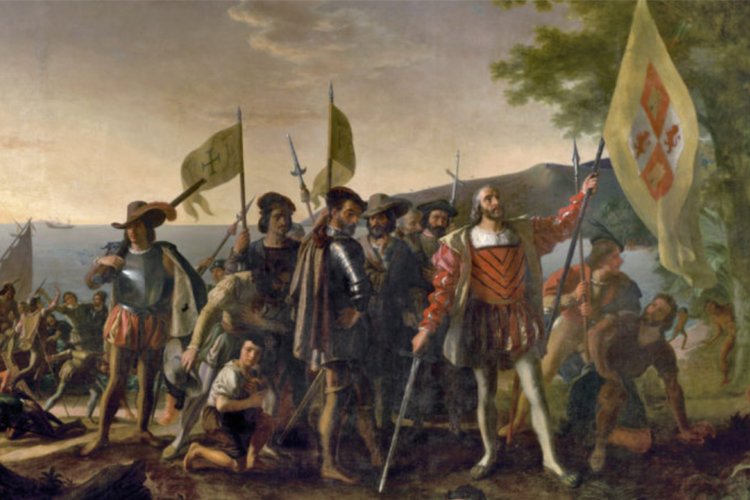
Who hasn’t heard the childhood rhyme, “In 1492 ,Columbus sailed the ocean blue”? Many memories of school days gone by have included tales of Christopher Columbus and his discovery of America via the the ships, the Nina, the Pinta, and the Santa Maria.
Thanks to the watchful eye of historians who are intent on uncovering a more accurate picture of this event, it has been revealed that the first European to set foot in the Western Hemisphere was the Viking Leif Erikson, an impressive 500 years before Columbus ever left Spain.
Ben Franklin And His Discovery Of Electricity
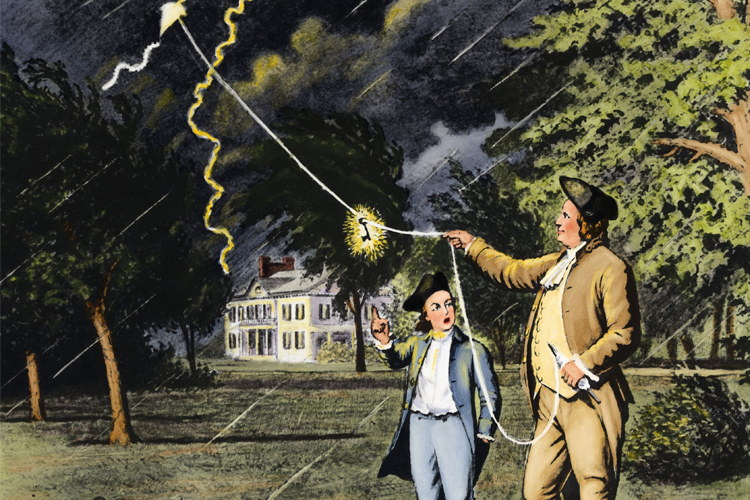
While we’d love to keep believing that Ben Franklin did indeed attract lightning via a kite and small key to produce an electrical epiphany, it’s not accurate. In fact, the very act and risk of such an act would not be fitting one of Franklin’s supposed intelligence.
Franklin was a little late to the electrical party. He did set out to prove that lightning was electricity, but we can’t even be sure that he was the one flying the kite that fateful night. His account of it in the Pennsylvania Gazette never specifically stated that he was the one behind the string.
Martin Luther Sharing “95 Theses” With The Church

Martin Luther was infamous for pushing the boundaries of religious propriety, particularly with the Roman Catholic Church. As the old story goes, he nailed his “95 issues” that he had with the Church to the church doors themselves, fanning the flames of what would become the Protestant Revolution.
The story itself was crafted almost thirty years after its alleged occurrence, and what historians have been able to uncover is that Luther mailed his “95 Theses” to the archbishop at the time merely as a means of reflection. He never intended to spark a revolution that would change the face of religious freedoms forever.
Emperor Nero Played Fiddle While Rome Was Burning
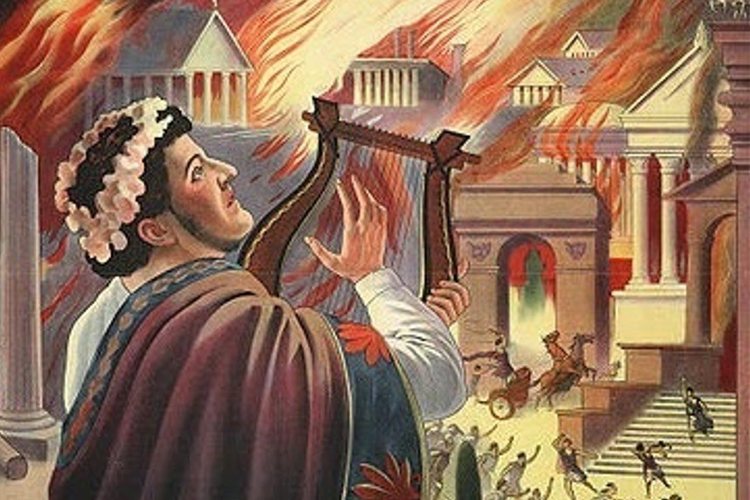
It is widely known that Emperor Nero was a gregarious and pretty unstable character in Rome’s history. However, he did possess a certain fondness of and loyalty to his kingdom that would not have allowed him to “fiddle the time away” while Rome burned to the ground.
In actuality, Nero was in another city when the fires began. There were no fiddles in existence at the time, and the very expression insinuates that he did not do enough to stop the destruction, according to those Roman cities who depended on his leadership for their very lives.
Isaac Newton’s Apple Tango

In 1687, mathematician Isaac Newton was presumed to have come up with the concept of gravity after an apple fell on his head while he was resting. This may have been a slight exaggeration of actual events, penned to ensure profits for a close friend telling the story.
The text, written by William Stukeley, reads “the notion of gravitation came into his mind…..occasioned by the fall of an apple as he sat in a contemplative mood.” Modern historians believe that Newton might have seen an apple fall, but it was unlikely that it made any contact with his head.
Marie Antoinette And Her Fondness For Cake

Marie Antoinette, the last Queen of the French monarchy, certainly lived a life of luxury. But the thought of her flippantly dismissing her poor population of serfs with the phrase “let them eat cake” is highly unlikely, considering the quote surfaced in a text years before her rule.
While the Queen did end up being publicly executed via guillotine amidst the French Revolution, this text first appeared in a 1767 autobiographical account written by philosopher Jean-Jacques Rosseau. In it, he attributes this quote to “a great princess”, at a time when Antoinette was a mere child.
Van Gogh And His Famous Ear

While it’s no secret that the famed artist Van Gogh was as tortured as he was talented, the story of a gruesome package of his severed ear sent to a lover who scorned him was slightly exaggerated. His paintings took a slightly darker turn after this event, so it’s easy to see why the story fit well with his timeline.
Van Gogh suffered from severe depression for most of his adult life, and historians believe now that he cut off only his earlobe to show his suffering at the hands of fellow artist Paul Gaugin and his brother’s engagement. Regardless of what his motivation was, the package was much smaller than initially reported.
The Gulf Of Tonkin
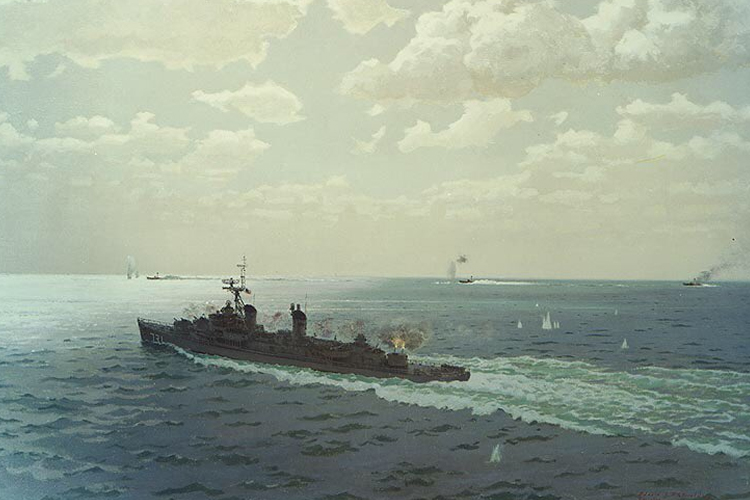
The Gulf of Tonkin incident was supposedly a conflict between North Vietnam and the U.S. that resulted in the Vietnam War, but upon closer inspection, it’s more apparently that it was grave misunderstanding that started one of the most controversial wars in U.S. history.
Contrary to erroneous first reports, torpedo boats from North Vietnam were nowhere near the gulf when the first shots were fired. These belonged to the United States naval boats in the area, and it was easier to blame the opposing side than to take responsibility for shots that never should have been fired in the first place.
Lady Godiva And Her Famous Ride

The very notion of Lady Godiva’s 10th Century bare ride being a falsehood makes scores of her fans sad to hear that she may have been much more inhibited than we previously thought. As the story goes, Godiva’s husband promised to lower taxes in his land of Coventry if his wife rode undressed through town.
The actual account is based on a real-life heroine named Godifu, who was the wife of Leofric. She led an uninteresting life aside from the fact that she married up in the world, and she was the perfect scapegoat and excuse for Leofric’s acts of generosity that may have been perceived as weak.
Romulus Founding Rome
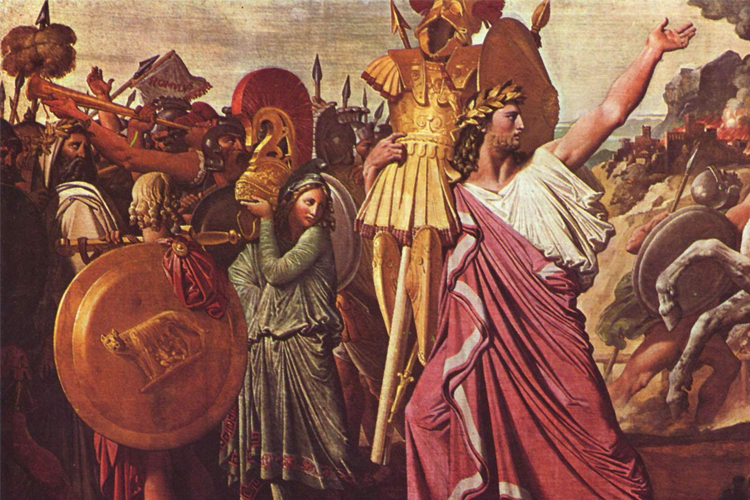
Many of our ancient stories are founded on the fantasy and folklore of the past. It may be convenient to believe that Rome was derived from a demigod named Romulus, but the story of his childhood seems a bit far-fetched.
As legend goes, Romulus and his twin brother Remus were sons of the god Mars. Mars couldn’t be bothered to raise his half-breed children, so the boys were raised by wolves and took their rightful place as leaders as they grew. It would make a fantastic tale to tell, but the legend simply isn’t true.
Beware The Ides Of March

William Shakespeare could certainly spin a good yarn. The final moments of Caesar’s life in his play, Julius Caesar, would be a perfect, dramatic end to such a character in real life. However, this accounting of his demise was a bit exaggerated, thanks to the craftsmanship of the world’s most famous playwrights.
Classic lines such as “Friends, Romans, countrymen, lend me your ears,” and “Et tu, Brute” were not actually uttered during the real event. Additionally, while it makes for great storytelling, Caesar was not warned about the middle of March being when he would meet his demise at the hands of the Roman Senate.
Death Of Mama Cass

Cass Elliot, who was better known as Mama Cass, was a larger-than-life personality, with a frame to match. Her musical career produced five solo albums, several collaborations, and television appearances before her untimely death at the age of 33. Rumors started circulating almost immediately about the singer’s passing.
Everything from substance overdose to FBI assassination to choking on a ham sandwich caused much speculation until the actual cause of her death was revealed. She died from a heart attack related to her intense weight fluctuations over the course of her short life.
Thomas Edison And His Light Bulb Invention
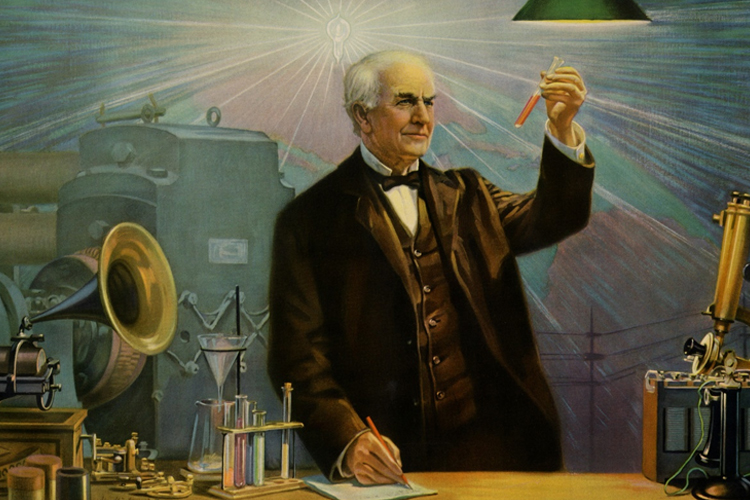
Thomas Edison does take much of the credit for the invention of the light bulb, but in actuality, he had a lot more help with this project than one might suppose. He can be credited with the first motion picture camera and tinfoil phonograph, but the lightbulb was a collaborative project.
For this we deflect to British chemist Joseph Swan, who created an initial prototype that fizzled and burned out too quickly. Edison helped Swan with this problem by conceptualizing the redesign of the carbon filament. Swan took it from there, and we thank both of them for the fact that we can read this text today.
300 Spartans

David besting the giant Goliath with a slingshot? We suppose it’s possible, with a bit of divine help. 300 Spartans fighting back the entire Persian army to bring their tiny team to victory? This is much more unlikely, as the Persian army of the day was very much a force to be reckoned with.
Leonidas and his 300 soldiers had some reinforcements at the battle of Thermopylae in 480 B.C. There were nearly 4000 soldiers from other surrounding Greek states, with nearly 1500 left standing at the end of the battle, making the victory much more believable.
Ben Franklin And His Passion For Turkey

Ben Franklin reportedly had such a fondness for turkey that he wanted to bestow upon it the honor of being the national bird of the United States. A letter to his daughter revealed the real essence of that conversation, which was quite the opposite.
In his text, he reveals that his perception of the bald eagle looks very much like a turkey, and that he feared that the bald eagle had a temperament unbefitting of a national icon. As the banter unfolded, many more jokes were splayed out that may have caused confusion about his original belief.
Magellan’s Worldwide Travels

Ferdinand Magellan is credited in modern history books as being one of the first to circumnavigate the entire globe. He did come close in 1519 as he set out to lead his crew across the Atlantic, South America, and to the Pacific Ocean.
According to more accurate sources, Magellan was killed in the Philippines by a group of natives. His deflated crew returned to Spain in 1522 without him, so he failed in his original intent. Of the original 260 men that left port in 1519, a sad and battered 18 made it back with some tales to tell of their woes.
Betsy Ross And Her Amazing Sewing Skills
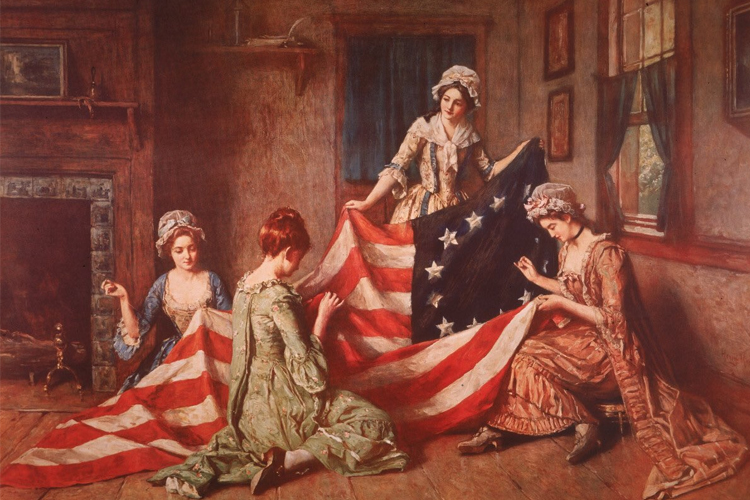
It was well known that Betsy Ross had enviable sewing skills, and it was likely that she sewed a few flags in her time. She was rumored to have created the first American flag, but this claim is unsubstantiated, based on the account of a distant relative.
Betsy’s claim to fame actually came from her grandson, who told the Historical Society of Pennsylvania almost 100 years later. Not only did he not know her himself, but he also made up this erroneous claim to gain additional fame and fortune for his family.
George Washington’s Cherry Tree

As the original story goes, George Washington used the hatchet gifted to him as a little boy to chop down a cherry tree that provided food for his family. When asked what happened, George’s famous claim was, “I cannot tell a lie.”
Unfortunately, this story of virtue never happened. It was crafted by author Mason Locke Weems in 1806, who write a book about Washington. One of Weems’s objectives in writing the book was to portray the first President as a man of unshakable virtue and character.
An Apple As Forbidden Fruit

Possibly the most famous story of all time, the tale of Adam and Eve in the Garden of Eden comes from one of the first chapters of the Bible. Theological scholars have pored over the Original Sin where the first couple was banished for eating a forbidden apple from the Tree Of All Knowledge.
If the physical location of the garden was in fact in the Middle East, it’s highly unlikely that the fruit of choice would have been an apple. It’s more likely that the fruit picked was a fig, as Adam and Eve were cited as using leaves from the fig tree for clothing. The Bible doesn’t describe what fruit they ate, leading to many conjecture it was an apple.
United States/Russia Conflict

The Cold War between the United States and Russia never resulted in physical conflict, but that doesn’t mean the two countries didn’t have their fair share of animosity. Woodrow Wilson sent numerous troops into Russia in 1918, a precursor to World War II.
U.S. troops were sent to Russia to encourage Russian troops to re-enter the war against Germany. Nearly 200 American soldiers died during that time of negotiations, which was no doubt a contributing factor to future tension between the two countries.
Grant’s Acceptance Of Lee’s Surrender

A well-known Civil War tale gives an account of Robert E. Lee’s surrender to Ulysses S. Grant at the Appomattox Courthouse on April 9, 1865. According to erroneous sources, Grant was unwilling to accept the act of surrender via Lee’s sword.
Grant himself later claimed twenty years later that the story had been embellished for entertainment purposes. He elaborated by setting the record straight, citing that he and Lee had treated each other with respect, and that they were both happy that the war was over.
The Existence Of Saint Christopher

Saint Christopher was reported to be the patron saint of travelers, mariners, athletes, ferrymen, and all other travelers. Christopher became popular with many believers who sported the Saint Christopher talisman.
Believers may be quite sad to find out that Saint Christopher may not have even existed. According to the LA Times, scholars believe that he wasn’t a real saint. Even if he was, many of the stories about him are likely to be myths. It is also possible that he was yet another Christian sacrificed for staunch beliefs in Jesus and the church.
How The British Defeated The Spanish Armada
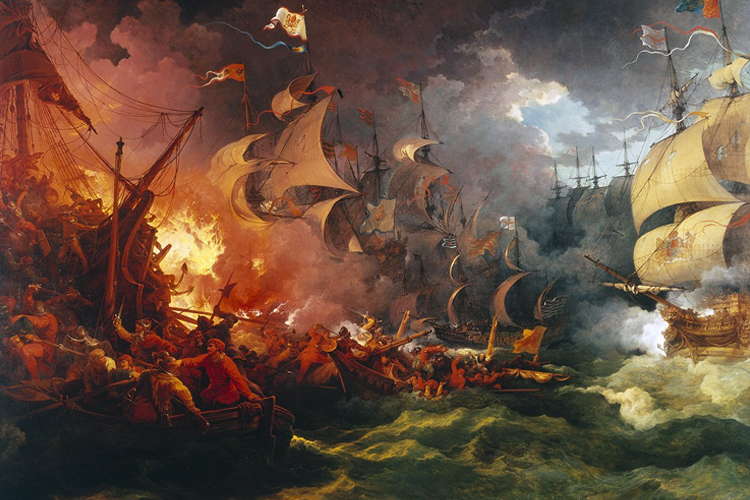
Yes, the Spanish Armada was defeated by the British in 1588, but it had nothing to do with clever tactics and superior battle strategies. What’s more likely is that the British had favorable conditions working on their side.
The British were only successful in destroying six out of the 129 reported Spanish ships. They might have defeated more, but they just didn’t have the gunpowder to take the enormous fleet out. Luckily, fifty more British ships appeared at the perfect time, forcing the Spanish Armada to concede.
Casualties At The Alamo
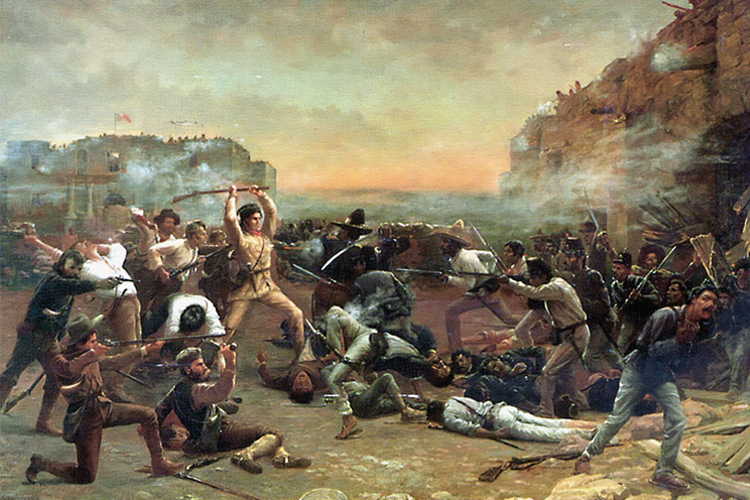
Stories of the Alamo are long and varied, with actual accounts being much more favorable than previously reported. Some of these tall tales claim that only a few people survived, when recent findings suggest that it may have been twenty or more that walked away from the battle in San Antonio, Texas.
Women and children were among the survivors, and surprisingly, a few fighting men were also spared. Accounts of battle casualties are also greatly exaggerated, with the number being about 60 Mexicans lost during battle, as well as Davy Crockett. William Zuber can be credited for many of these over-the-top tales.
The First Thanksgiving
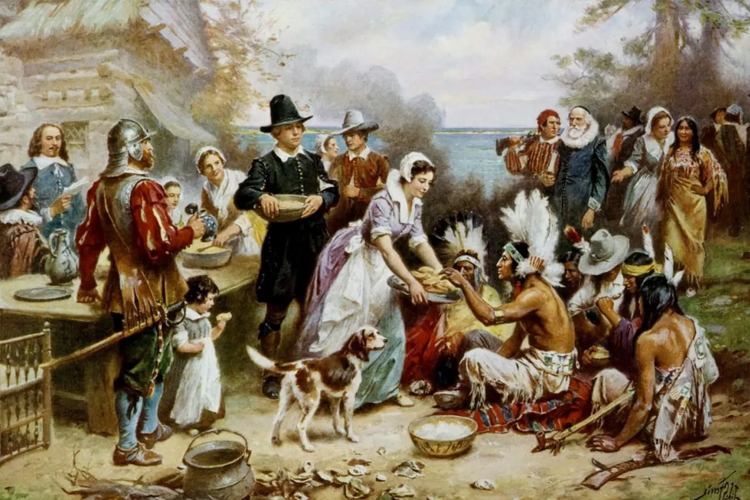
The “first” Thanksgiving wasn’t coined “Thanksgiving” at all. This popular term was first used after 1863, when Abraham Lincoln was seeking ways to boost morale and inspire the American people during the Civil War. Another disappointing fact about this first gathering was that there was no turkey in sight.
Staple foods of this first feast included geese, swan, venison, wild rice, and corn. Sorry folks, mashed potatoes, pumpkin pie, and cranberry sauce were also out of the question, as no one on either side knew how to boil cranberries with sugar to make them sweeter.
Albert Einstein Was A Dunce

It would probably make us all feel a bit better if we knew that Albert Einstein had struggled with academic subjects in his youth. There is a story circulating that Einstein had difficulty with mathematical computation, but this is simply not true.
Other more accurate reports cite that he was incredibly intelligent for his age, but he did fail the entrance exam to Zurich Polytechnic. After acing all other subjects, it was the language portion of the test that did him in, as he didn’t study French.
The Wild West Was Too Rough And Tough For Many

Thanks to modern day portrayals of the Wild West, we have a misconception that this historical time period was a rough and tumble place where people struggled to survive. Gunslingers, outlaws, and saloons paint a sad picture of what life was like at this time.
In reality, the “Wild” West of the 1800s was a peaceful time, with many families being more interested in carving out their own existence than dueling with neighbors. Death and violence did occur, but it was much more sporadic than previously thought.
Dangerous Medieval Games
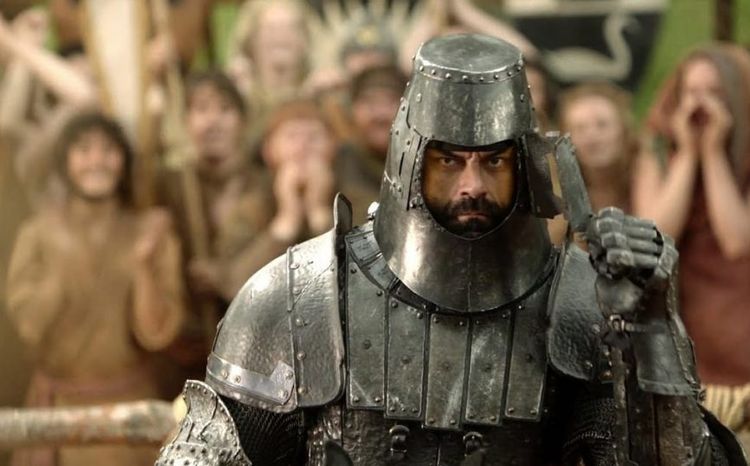
Knights banded together across medieval Europe through competitions and war games. At first glance, these jousting matches and sword fights appeared dangerous and downright deadly, but people participated in them for the love of the sport.
Other family-friendly medieval games included tennis, bowling, and horseshoes. While it’s possible to injure oneself during these sports, injuries were few and far between, and village authorities sought to shut down events that were thought to be too daring and dangerous.
The Reality Of Betty Crocker

We like to think of Betty Crocker as a sweet, mild-mannered genius who lovingly crafts desserts, casseroles, and cookbooks for the good of mankind. Her boxes line grocery store shelves, promising deliciousness with every flip of the lid.
The “idea” of Betty Crocker was conceptualized by Marjorie Husted for the Washburn Crosby Company campaign. She chose the iconic name because of its wholesome, appealing qualities. Apparently, her efforts succeeded, for Betty became a household name for millions of families.
The Trojan War

If there ever was a war event that was embellished, it was the Trojan War. What seems to slip people’s minds when citing this event was that it was based on Greek mythology, not historical fact. Yet generation after generation passes down the stories as if they were true, mostly because of the famous poem The Iliad.
Ancient historians agree that because of the breakdown in verbal communication, the Trojan War stories remain as ramblings of people who just wanted to spin a good yarn. Everything from the infamous Trojan Horse to the 1200 ships that sailed toward Troy are nothing but fictional drama.
Brontosaurus Really Existed

The Flintstones had a pet Brontosaurus, so that has to be based on fact, right? While we would love to believe that these gentle giants walked the Earth, their discovery by paleontologist O.C. Marsh was a bit off.
Marsh wanted to “one up” his competition, misidentifying a bone and naming the creature “Brontosaurus” to shake up the paleontology world. His bone belonged to another type of dinosaur, the Apatosaurus. As of 2015, there has been enough information to allow for the separate classification of both Brontosaurus and Apatosaurus.
The Use Of Iron Maidens

Medieval times were infamous for the existence of various instruments of torture. One of the most famous was a device called the Iron Maiden, an iron chamber designed to emulate the shape of a woman with spikes on the inside of both hinged doors. Medieval museums report that these chambers were commonplace, but this was not the case.
While the iron maiden was supposedly a medieval torture device, it wasn’t mentioned until 1790, when German philosopher Johann Philipp Siebenkees cited its existence in his journal. His stories of its use almost 200 years earlier cannot possibly be verified, so we’ll consider this one a wash.
George Washington And His Wooden Teeth

Many of us heard stories about George Washington and his wooden teeth. There were plenty of wooden teeth floating around during his time, but Washington and all his dental issues followed a different pathway.
His real dentures included a much more gruesome makeup of metal, animal bone, and “unidentified materials.” The “orthodontist” at the time did not use wood to mold Washington’s teeth. This eclectic makeup of material is on display at Mount Vernon, and includes cow, donkey, and horse teeth.
The Existence Of Chastity Belts

The propriety and purity of wives and daughters was of utmost importance in days gone by. It was thought until recently that chastity belts were used to stop unsolicited and untimely advancements by men.
Chastity belts did indeed exist, but as of the 16th century in Europe, they were considered a practical joke for people. Some wore them out of curiosity, while others gave them as tasteless gifts to family and friends.
King Arthur’s Victory Against The Anglo-Saxons

Stories of King Arthur and his Knights of the Round Table are legendary. This hero of Camelot supposedly defeated an advance of angry Anglo-Saxons during the 5th or 6th century. Did Arthur, Lancelot, and the other brave souls exist?
We’re told that the battle itself took place, but historians now believe that the inclusion of Arthur, Lancelot, and the other courageous knights were added to spice up the story. Some even go so far as to say that Arthur and Camelot never existed, as his name is not mentioned in texts written about that time.
